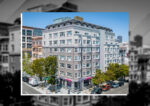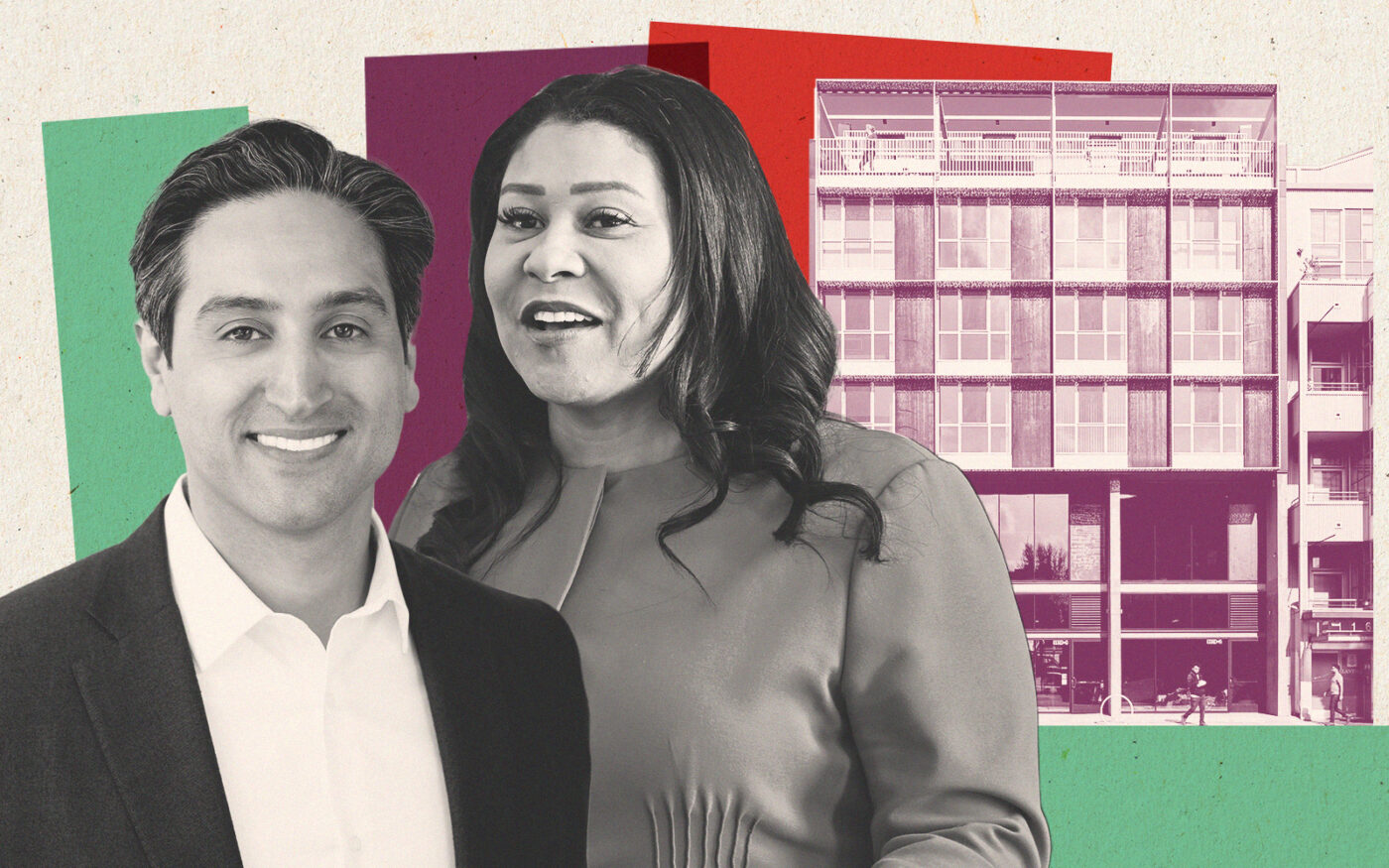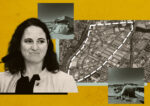 Rare non-rent-controlled multifamily in SF finds buyer in eight days
Rare non-rent-controlled multifamily in SF finds buyer in eight days
Trending
City Pays $27M in SF’s Priciest Multifamily Sale of the Year
Deal realizes policy push to turn new apartments into supportive housing for youth

A newly built apartment building in SoMa will transform into permanent supportive housing for young adults exiting homelessness with San Francisco’s biggest multifamily sale of 2023.
The buyer in the deal was the City of San Francisco.
The sale for $27.15 million of 1174-78 Folsom Street and 663 Clementina Street, named ŌME since construction was completed in 2021, includes 42 studio apartments, a shared roof-top deck, a full second floor of office space and three commercial units on the ground floor. The six-story building spans 42,000 square feet. The apartments range in size between 280 and 400 square feet, with private bathrooms and kitchenettes, and finishes such as laminate wood flooring, floor-to-ceiling windows and stainless steel appliances. Some units have private balconies.
The sale has been in the works since 2022, according to a package of documents prepared for the San Francisco Board of Supervisors before the approval of the sale over the summer.
In addition to the purchase price, the city will pay about $1.8 million in relocation fees to the 34 existing tenants, bringing the total cost to the city to about $29 million, or $690,237 per unit. That’s about 80 percent higher than the average sales price per unit in the city this year, according to a third-quarter multifamily report from brokerage Marcus & Millichap.
The sale closed at the end of November with anticipated funding from the state Project Homekey and the city’s Measure C coffers. The voter-approved tax on businesses in San Francisco with more than $50 million in annual income passed in 2018, with proceeds going to address homelessness.
Since the state funding has not yet come through, only Measure C funds were utilized to close the deal, according to Emily Cohen of the city’s Department of Homelessness and Supportive Housing.
The city estimates the ongoing costs to run the building and offer supportive services to the new occupants, who must be “transitional aged youth” between the ages of 18 and 24 and recently homeless, at $1.36 million annually, or about $32,000 per unit per year. Though the city cannot make tenants leave after they turn 24, Cohen said “case managers will work with them to identify next steps as they start to reach the top end of that age threshold.”
Colliers agent Payam Nejad represented the sellers, Greenseed Folsom Land LLC. In a statement, Nejad said the transaction represented the agency’s “commitment to pursuing municipal sales, in addition to traditional market sales, to optimize a property’s potential.”
The “asset was fully marketed” to buyers both public and private, Nejad added via email. He approached the city because, with the all-studio product type, the second-floor office space for supportive services and the smaller size of the building, “it seemed like the perfect fit for what I understood the city was trying to do.”
Nejad also represented the sellers of 900 Van Ness Street, which sold at just under $10 million in September and had been the city’s biggest sale in an otherwise slow year for apartment sales, according to MLS and CoStar data. Experts say it will take years for the San Francisco multifamily market to recover and in the meantime affordable housing and other municipally funded projects are among the few deals moving forward.
From Homeless to Housing Stability
In May 2022, the city’s Department of Homelessness and Supportive Housing issued a Request for Information to find properties to buy specifically for permanent supportive housing for transitional-aged youth. It received 26 responses, but only ŌME and 42 Otis made the cut based on the quality of the properties, the amenities, the new construction, proximity to public transit and the fact that they are smaller buildings, which are better for this age group as they work with on-site services to learn life skills, Cohen said.
“The common denominator is housing stability to help ensure that they are being a good tenant, paying rent on time, working out differences with their neighbors in a productive way and can remain stably housed for the long term,” she said.
The city also plans to buy 42 Otis — which has 24 newly built studios near the stalled Lendlease Hayes Point project in the Hub neighborhood — with Measure C and Project Homekey funds, but that sale has not yet closed. The board approved its purchase for $14.2 million in late September.
Much like a recent plan to turn a former industrial site into a homeless shelter in the Bayview, the sales are not without controversy or community opposition. In the case of the ŌME sale, West SoMa neighbors started a Change.org petition with more than 1,100 signatures to voice their discontent with the deal, stating that numerous supportive housing programs already exist in close proximity to 1174 Folsom and that it is inequitable to put so many in one neighborhood.
Cohen said that HSH has set up a working group to address issues with neighbors and that as soon as an operator for the site is chosen, it will join the group as well. The transition to supportive housing will “hopefully” be completed by the spring, she said, and when the new residents move in, those who objected may find themselves pleasantly surprised.
“When you get a chance to meet your neighbors, you will likely realize that the reality is not the same as the concerns that predate the project,” she said.
Read more
 Rare non-rent-controlled multifamily in SF finds buyer in eight days
Rare non-rent-controlled multifamily in SF finds buyer in eight days
 Bay Area multifamily a long-term play, experts say
Bay Area multifamily a long-term play, experts say
 Plan to turn SF industrial site into homeless shelter triggers backlash
Plan to turn SF industrial site into homeless shelter triggers backlash




